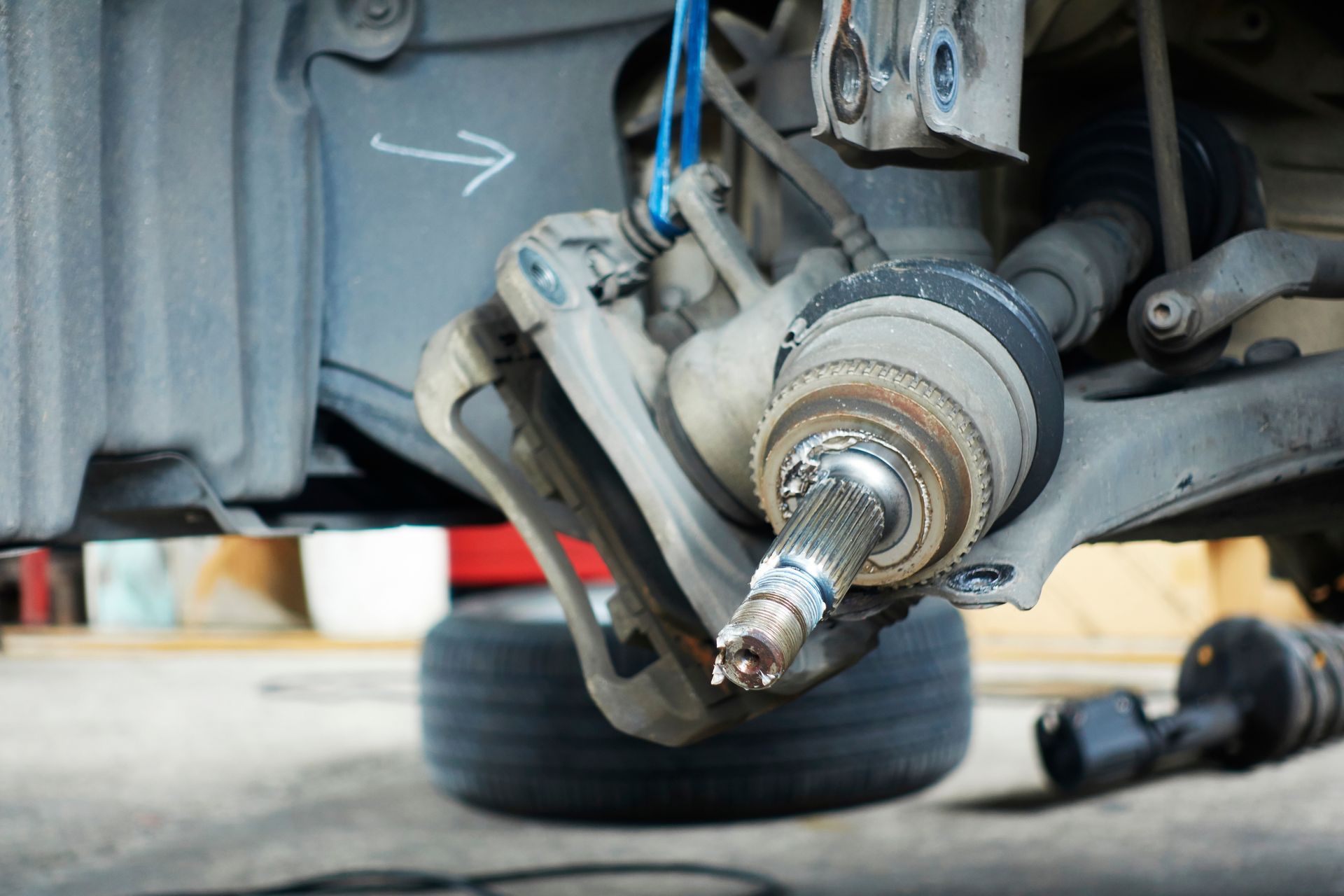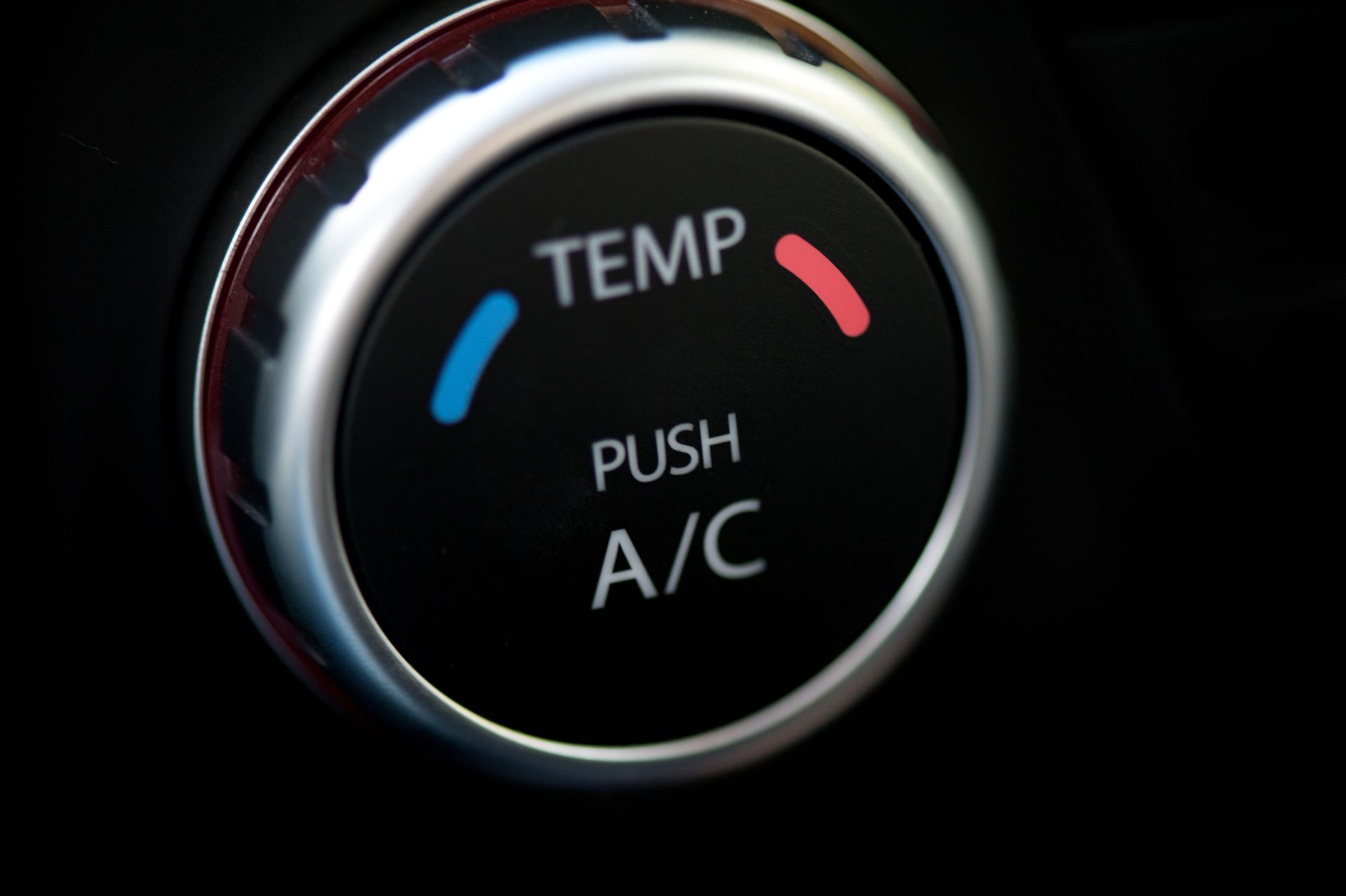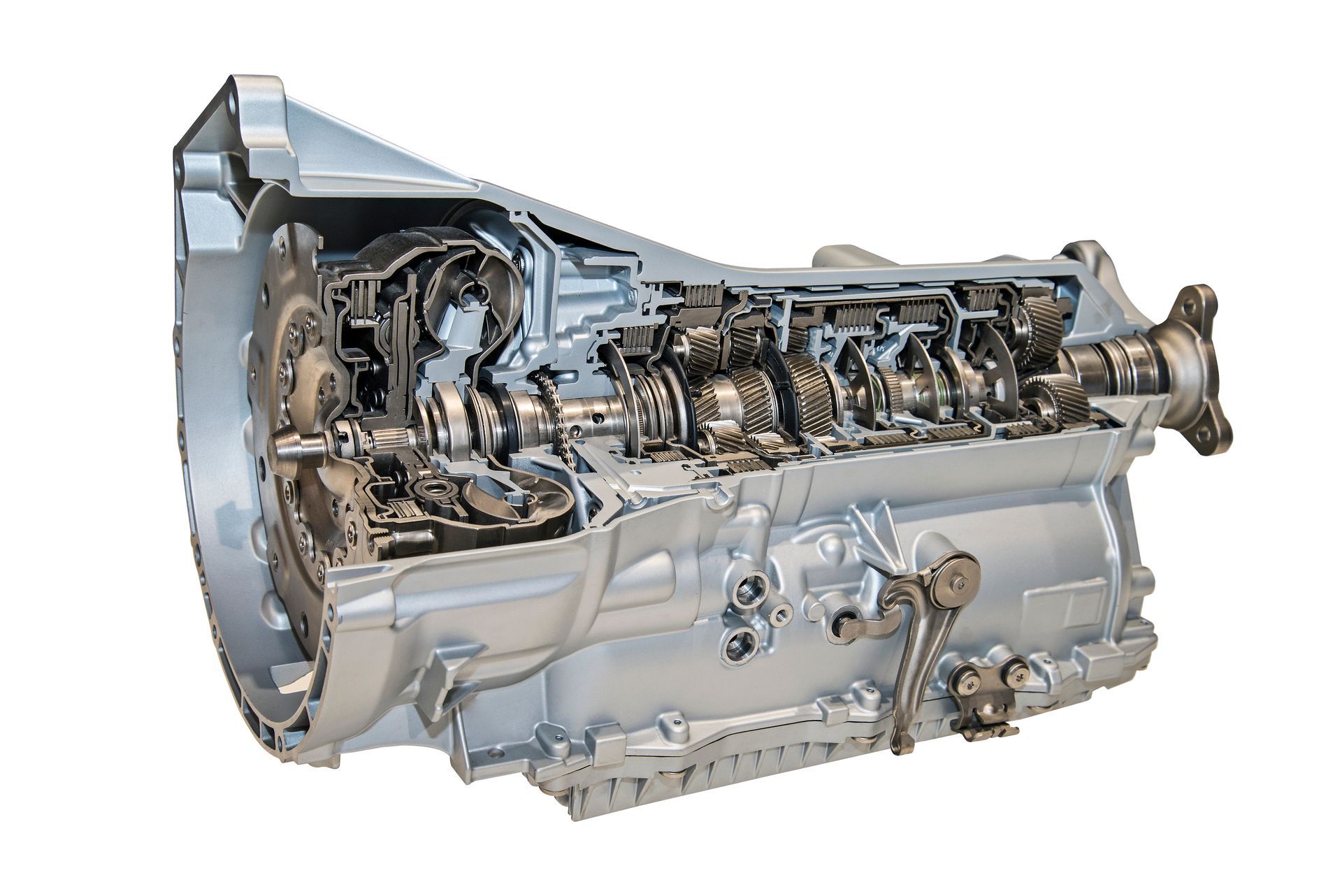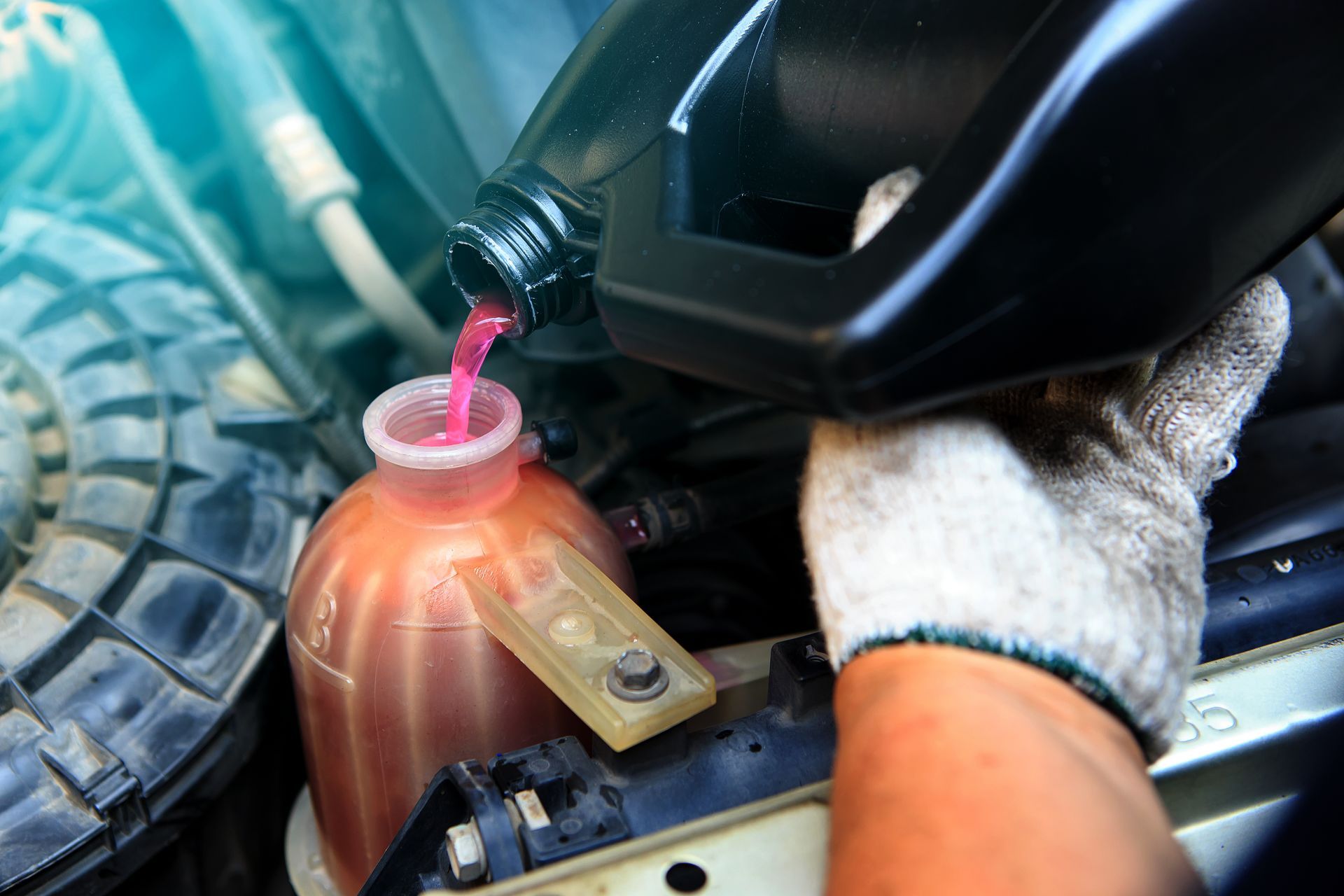Loading ...
Missing business hours data / Error occurred while getting the data.
Loading ...
Missing business hours data / Error occurred while getting the data.
Loading ...
Missing business hours data / Error occurred while getting the data.
Loading ...
Missing business hours data / Error occurred while getting the data.
How Do I Know When My Vehicle Needs an Oil Change?
May 27, 2024
Maintaining proper levels of essential fluids, such as oil, ensures your vehicle's longevity and performance. Engine oil is pivotal in lubricating engine components and minimizing friction and wear. But how do you determine when it's time for an oil change? Let's explore the telltale signs that indicate your vehicle may be due for this essential maintenance task.
1. Monitoring Mileage Intervals
One of the most common methods for determining when to change your vehicle's oil is by following manufacturer-recommended mileage intervals. Most automakers provide guidelines specifying the ideal mileage range for oil changes, typically ranging from 3,000 to 7,500 miles. Adhering to these intervals ensures that your engine receives fresh, clean oil regularly, promoting optimal performance and longevity.
2. Checking the Oil Level and Condition
Regularly checking your vehicle's oil level and condition can provide valuable insights into its overall health. Using the dipstick, assess the oil level and inspect the color and consistency of the oil. Clean, amber-colored oil indicates that it is still effective, while dark or gritty oil may signify contamination or degradation, necessitating an oil change sooner rather than later.
3. Listening to Engine Noises
Unusual engine noises, such as knocking, ticking, or rumbling, can indicate insufficient lubrication due to old or degraded oil. As oil ages, it loses its viscosity and lubricating properties, allowing metal components to rub against each other and increase friction and noise. If you notice any abnormal sounds emanating from your engine, it's essential to have your oil checked and changed if necessary to prevent potential damage.
4. Monitoring Warning Lights
Many modern vehicles are equipped with onboard diagnostics systems that monitor various vehicle functions, including engine oil level and condition. If your vehicle's oil pressure warning light illuminates on the dashboard, it could indicate low oil pressure or insufficient oil levels, signaling the need for an immediate oil change. Ignoring these warning lights can lead to engine damage and costly repairs.
5. Considering Driving Conditions
Driving habits and conditions can also influence the frequency at which your vehicle requires oil changes. For example, stop-and-go city driving, towing heavy loads, or driving in extreme temperatures can stress the engine more rapidly, causing oil to degrade. In such cases, shortening the intervals between oil changes may be necessary to ensure optimal engine protection.
Ready to prioritize your vehicle's health? Schedule your next oil change or maintenance service with Maryland Auto & Truck Repair and experience reliable, expert care for your vehicle.
Having Trouble Finding Us?
Business Hours:
Loading ...
Missing business hours data / Error occurred while getting the data.
Reach Us:
Contact Us:
Maryland Auto & Truck Repair, 512 Crain Hwy #B Glen Burnie, MD 21061 (410) 760-8123










